Search Images
Browse Content (p. 1033)
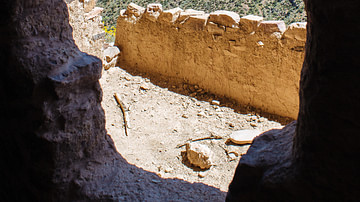
Image
Doorway, Tonto National Monument
Ruins and doorway at Tonto National Monument, location of the Salado Culture in the 13th-15th century CE, Arizona-New Mexico, USA.

Image
Tonto National Monument
Ruins at Tonto National Monument, location of the Salado Culture in the 13th-15th century CE, Arizona-New Mexico, USA.
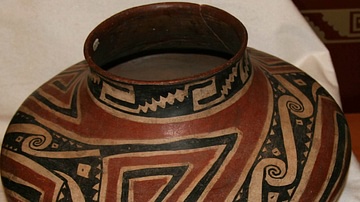
Image
Salado Polychrome Jar
A Salado polychrome jar, typical of the Salado Culture style of decoration. 1340-1450 CE,
Arizona- New Mexico, USA.
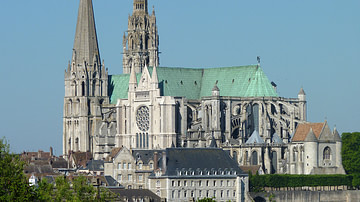
Image
Chartres Cathedral
Chartres Cathedral, France. Constructed between 1194 and 1220 CE.
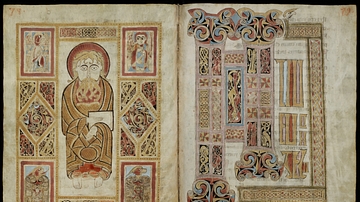
Image
Irish Gospels of Saint Gall
Illuminated manuscript most likely produced in Ireland during the 8th century CE, 268 pages, 29.5 × 22.5 cm.
Stiftsbibliothek St.Gallen
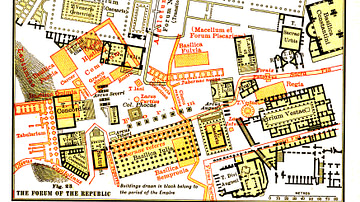
Image
Map of the Roman Forum
A map of the Roman Forum or Forum Romanum in Rome.
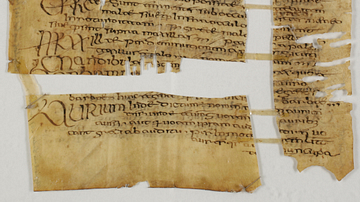
Image
Irish Manuscript Fragment
This Isidor fragment from the middle of the 7th century CE shows how the Irish introduced capital letters at the beginnings of paragraphs, the separation of words from each other, and interpunction into writing; all innovations we still use...

Image
Abbey Library St. Gallen
Abbey Library St. Gallen, Switzerland.
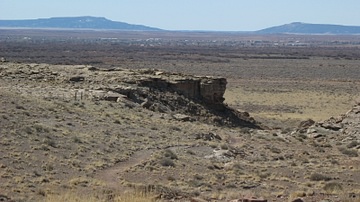
Image
Ruins, Homolovi, Arizona
A panoramic view of the ruins of Homolovi, an area of Ancestral Puebloan Culture settlement from c. 1300-1400 CE. Homolovi State Park, Arizona, USA.
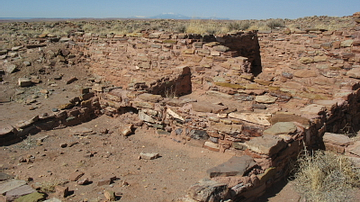
Image
Excavated Room, Homolovi
An excavated room from Homolovi, an area of Ancestral Puebloan Culture settlement from c. 1300-1400 CE. Homolovi State Park, Arizona, USA.